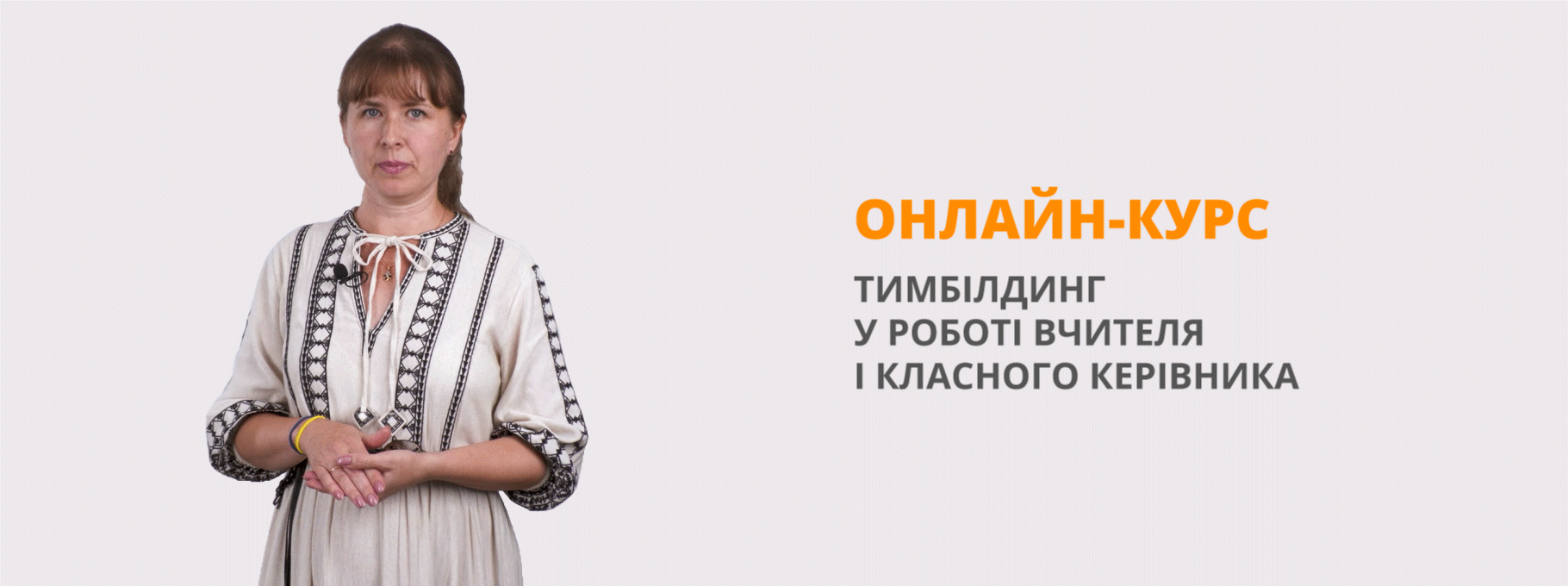THE CHRISTMAS FEAST AND SANTA CLAUS
THE CHRISTMAS FEAST AND SANTA CLAUS
Christmas takes place on December 25. There are some traditions connected with it. One of them is to give presents to each other. It is not only children and members of family who give presents to each other. It's a tradition to give Christmas presents to the people you work with, to give presents to friends, to send them Christmas cards. Another tradition is to have a Christmas Feast.
On Christmas day, the year's greatest feast was served. Although now we have different foods, the idea is still the same. The feast was started off with drinks and music. Once everyone was seated, the food was served, after dessert, people drank and danced. The banquet lasted hours and was the highlight of the day. During the Feast they served beef, meat pies, roasted duck, geese, pigs, porridge, fancy cakes, and toast. Christmas was a huge celebration filled with lots of eating, drinking, singing, dancing, and gift giving.
The beginning of custom of gift giving during Christmas started from the three wise men, with their three gifts for the Christ child. Since then people have made up different things to tell their children where their Christmas presents came from. Saint Nicholas was known in early Christian legends for saving storm-tossed sailors, standing up for children, and giving gifts to the poor. Although many of his stories can't be proven true, his legend spread throughout Europe, and he was soon known for his extreme generosity and gift giving.
Many stories include him riding through the sky on a horse and wearing his red bishop's cloak, sometimes accompanied by Black Peter, an elf whose job was to punish the bad children. The most known legend is when he walks through the streets in his bishop clothes, carrying a sack full of presents, and leaving a gift on the windowsills of children's houses.
From the different parts of the world, there are different names of Santa Claus, but the spirit of Christmas remains the same. Spanish children call their Santa Balthasar, children in Italy have a female Santa named La
Belfana, Denmark has a gnome named Jule-Nissen, Holland has Sinter Klaas, Germany has Sanct Herr, Russia and Ukraine Dedushka Moroz and there are even some places that believe the Christ child brings their presents.
Christmas is a holiday, when all fairy tales come alive. It is time when aunt Happiness and uncle Goodness strolling around, while Dedushka Moroz and Santa Claus give gifts.
1. When does Christmas take place?
2. What traditions can be connected with Christmas?
3. What was the feast on Christmas day?
4. Where did the custom of gift giving during Christmas start from?
5. What was Saint Nicholas known for?
6. What is the most known legend about Saint Nicholas?
7. What kind of holiday is Christmas?
VOCABULARY
to connect — зв'язувати
feast — свято
highlight — основний момент
roasted duck — смажена качка
goose (мн. geese) — гусак
fancy — оздоблений, незвичайний
huge — величезний
wise — мудрий
to save — рятувати
to toss — кидати, викидати
bishop — єпископ
cloak — плащ
to accompany — супроводжувати
to punish — карати
sack — мішок
windowsill — підвіконня
spirit — дух
to stroll around — бродити, прогулюватися
РІЗДВЯНИЙ БЕНКЕТ І САНТА-КЛАУС
Різдво відзначається 25 грудня. Існує кілька традицій, пов'язаних із ним. Одна з них — дарувати один одному подарунки. Дарують подарунки не тільки дітям або членам однієї родини. За традицією слід дарувати різдвяні подарунки людям, з якими ви працюєте, друзям, надсилати їм різдвяні листівки. Інша традиція — різдвяний бенкет.
На Різдво проходив найбільший бенкет. Хоча зараз у нас інші кулінарні уподобання, ідея залишається та ж сама. Як тільки всі розсаджувалися за столом, починали подавати їжу, після десерту люди пили й танцювали. Бенкет тривав годинами і був головною подією дня. Під час бенкету подавали яловичину, пироги з м'ясом, смажених качок, гусаків, свинину, вівсянку, святкові пироги та тости. Різдво було найвеличнішим святом, з великою кількістю їжі, питва, пісень, танців і подарунків.
Традиція дарувати подарунки виникла з тих часів, коли три мудреці зробили три подарунки маленькому Ісусові. З того часу люди вигадували різні історії, щоб розповісти своїм дітям, звідки з'явилися їхні різдвяні подарунки. Святий Ніколас був відомий у ранніх християнських легендах як рятівник віднесених штормом моряків, захисник дітей і обдаровувач бідних. Хоча багато які з історій про нього не можуть бути вірогідно доведені, легенди поширилися по всій Європі, і незабаром він став відомий своєю надзвичайною великодушністю та подарунками.
У багатьох історіях його описують, коли він їде по небу на коні в своєму червоному плащі, іноді його супроводжує Блек Пітер, ельф, робота якого полягає в покаранні поганих дітей. Найвідоміша легенда розповідає, що він ходить по вулицях в одязі єпископа з мішком, повним подарунків, і кладе їх на підвіконня будинків, де живуть діти.
У різних частинах світу існують різні імена Санта-Клауса, але дух Різдва залишається всюди однаковим. Іспанські діти називають свого Санта — Бальтазаром; у дітей Італії це жінка — Санта на ім'я Ла Бельфана, у Данії — гном на ім'я Джуле Ніссен, у Голландії Зінтер Клаас, у Німеччині — Занкт Герр, у Росії й Україні — Дідусь Мороз, у деяких місцях навіть думають, що подарунки приносить маленький Христос.
Різдво — це свято, коли оживають усі казки. Це час, коли тіточка Щастя і дядько Добро прогулюються навколо, а Дідусь Мороз разом із Санта-Клаусом розносять подарунки.

про публікацію авторської розробки
Додати розробку
